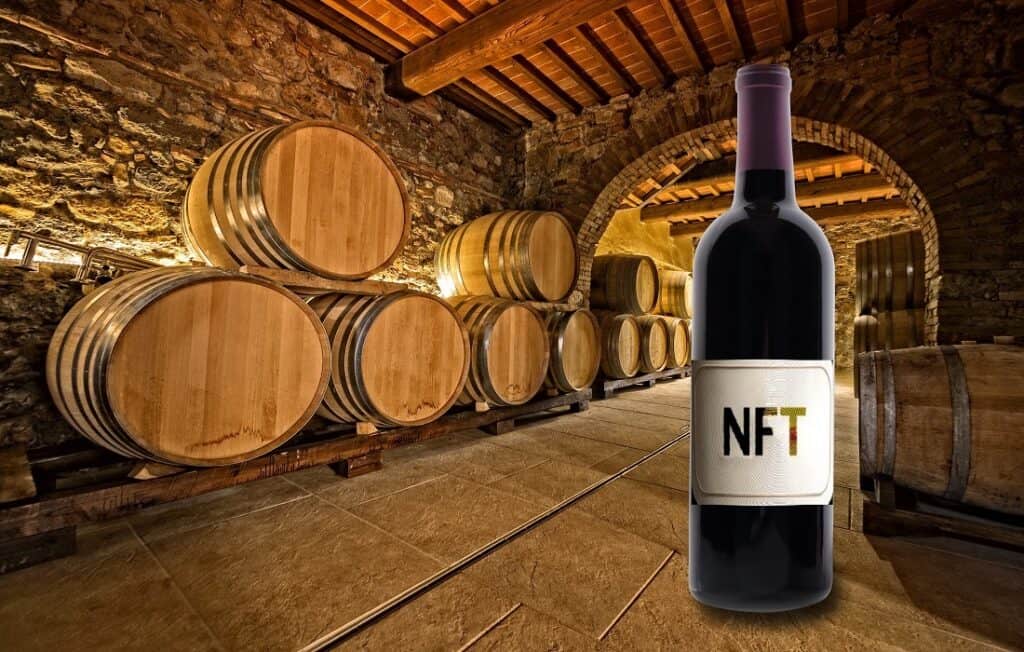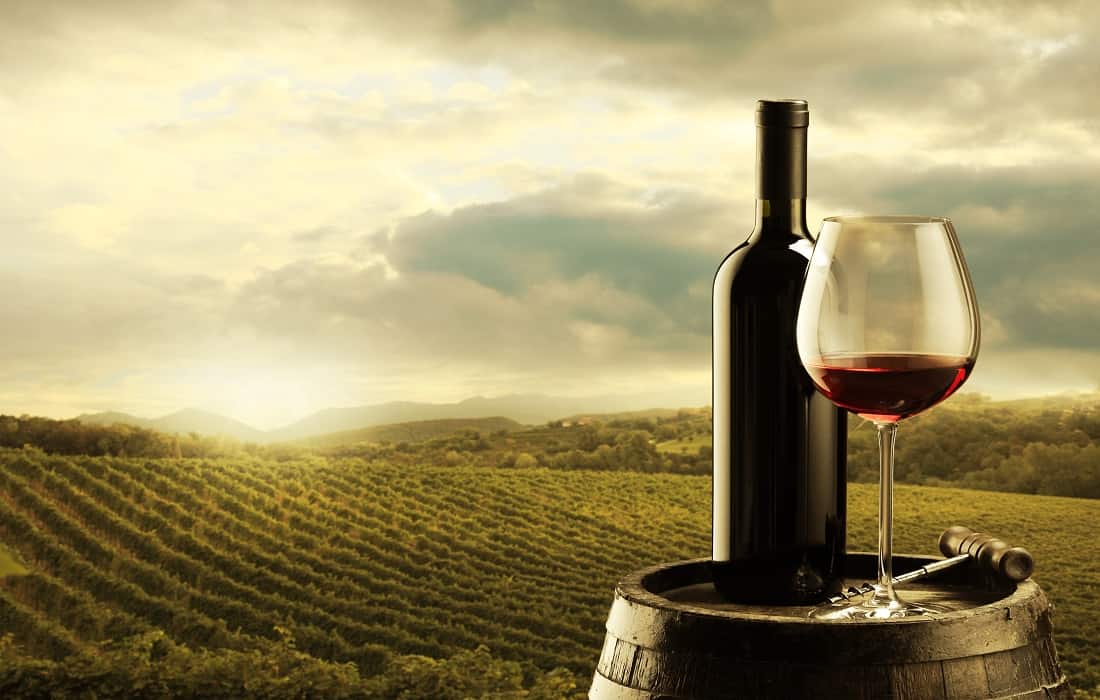Why is the wine fraud industry so big?
In the United States, the wine industry is valued at almost 417 Billion dollars. In 2022 alone, the industry grew 6.4% (Grand View Research). As the wine industry faces exciting growth, it is also faced with new obstacles and challenges, such as counterfeit bottles by NFT. Certain wines gain notoriety based on the quality of the grape harvest for that vintage, or just the reputation of the chateau, which attracts consumers to pay incredible amounts of money to get their hands on a certain bottle. In 2018, a bottle of Romanee- Conti AOC red wine sold for $558,000. Wine forgers know that consumers are always looking for the next great bottle, one that is exclusive and in high demand, and above all, getting a good deal. As a result, millions of wine fraud bottles are sold, which consumers end up drinking without their knowledge.
Earlier this year we saw one of the biggest wine fraud scandals in recent history, in Bordeaux, France a city synonymous for its Grand Crus with over 10,000 wine-growing estates. In the Bordeaux forgeries the police discovered a highly organized gang that had been forging wines and spirits in the city for years. In 2012, Rudy Kurniawan was the first person in the US to be arrested for being involved in the counterfeit wine industry. Kurniawan made hundreds of millions of dollars by simply putting cheap wine into counterfeit expensive bottles.
Wine forgery has a huge negative financial impact on the industry, around $3.18 billion in direct sales, but also results in the loss of 7,000 jobs across the alcohol and spirits industry every year (Wine Industry Advisor). This inevitably has a knock-on effect on livelihoods in an industry that is already complicated, changing every year due to changes in climate, crop success, demand and labor.
One form of wine forgery is the simple re-labeling of a cheaper wine to appear as a more expensive bottle, but it can also involve switching liquids so that it is not even wine, it is artificially colored alcohol, sometimes ethanol which if drank can have harmful effects on the consumer.
Counterfeit wine is a problem that goes back decades, but as certain technologies have had a surge forward over the past couple of years, today major vineyards are looking at ways to finally tackle this problem head on and smaller vintners are following suit.
What are NFTs and how can they stop wine forgery?
The wine industry began in Roman times and is steeped with traditions and proud of its heritage. Although huge international demand has brought industrial production techniques, there are still very protected standards, one example is the classification of specific “appellations” that mean that certain wines, for example, “Champagne” or “Côtes du Rhones” need to come from that region to hold the name. As a result, it takes a while for the industry to adopt new innovations.
However, NFT and blockchain have chiseled through somewhat over the last year. Major wine brands have started to experiment with NFTs, unique non-fungible virtual tokens, a unique and protected ID that exist digitally on a blockchain.
Wine brands have started to use NFTs for marketing purposes to attract a younger audience that is following the latest trends. There are many wine brands, including Sarah Jessica Parker’s Invivo X, Yao Family Wines, and Graham Norton’s He-Devil who have already released NFTs for their wine bottles and brands.
When consumers interact with the NFT technology, the brands offer them the first release of a new wine or exclusive artwork paired with an NFT.
NFTs are locked to the blockchain, an online space where transactions and assets are securely anchored and protected. Wine lovers can use this as a virtual cellar containing digital replicas of their wine cellars, using it to catalog and follow the value of their collection.
With these advances in momentum, the industry has realized that this technology can also be applied to the practical and physical security of their wines. Two main purposes of the Blockchain are authentication and traceability, two very important attributes for wine producers.
NFTs can not be duplicated or corrupted which makes them a major tool in fighting the counterfeit market. Using an NFC tag, like the chip in your contactless bank card, a physical product can be easily connected to a virtual NFT, existing in the Blockchain, securing its individual identity description detailing the owner, the date of production, the producer, etc. Information on the blockchain cannot be replicated or copied. This “phygital” tag can be secured onto the neck of the wine so that as soon as it is opened it will be registered on the blockchain, meaning that if the bottle is refilled it is easy to detect a forgery/ counterfeit.
Phygital technology could not just be used for fighting the counterfeit industry, but can also be used as a tool for communication and education, giving producers a way to reach out to the consumer through an app, providing personalized information about the wine by simply tapping their phone on the bottle.

Protecting authenticity while attracting a new generation
NFT/NFC tags are also a way to open wine knowledge to a wider audience. With a simple tap of the bottle, consumers can learn about the story behind the wine; its origins, grapes, how it was made, and who by, to expand their understanding, enrich the tasting and start a conversation between friends. Up-and-coming wine producers are using this technology as a way to tell the story behind each bottle, overcome the snobbism associated with wine appreciation, and attract a new generation of wine lovers.
For this means of authentication and communication to become commonplace, adoption will start at the top with major wine labels, and then eventually it will become more accessible to emerging vintners and to the secondary market to ensure the traceability of the bottle’s production and ownership.
About Sebastian Schier
Sebastian Schier is the Managing Director of vinID, the application for fine wine by collectID which combines the passion and appreciation for wine with state-of-the-art technology. The technology developed by collectID has been successfully implemented in the luxury and sports industries. vinID is a fully owned subsidiary of collectID AG, based in Switzerland.


